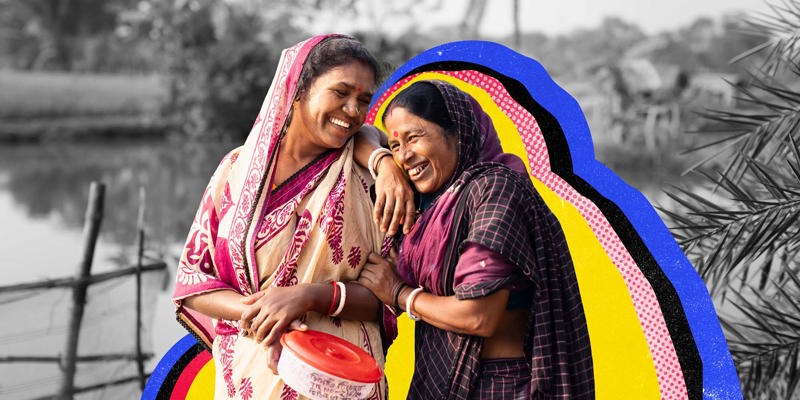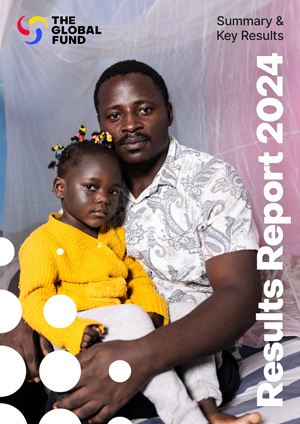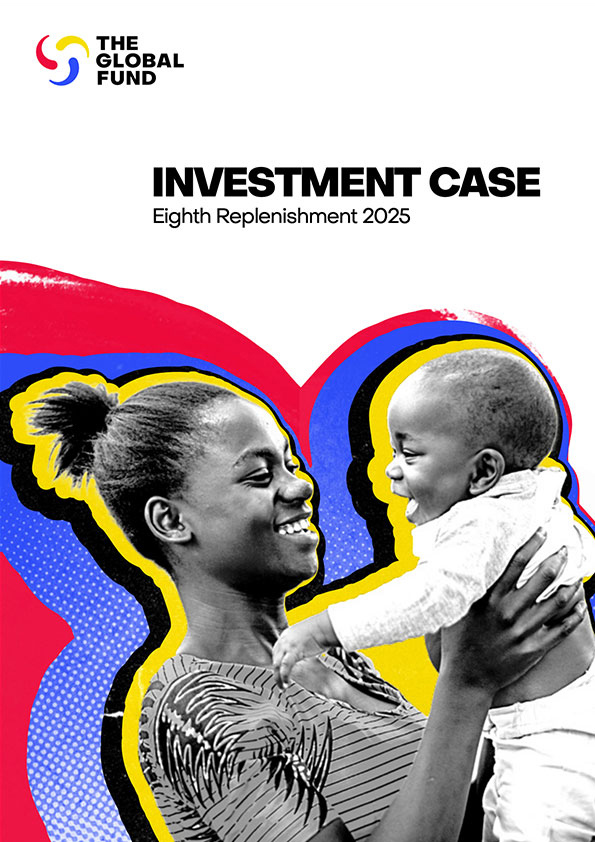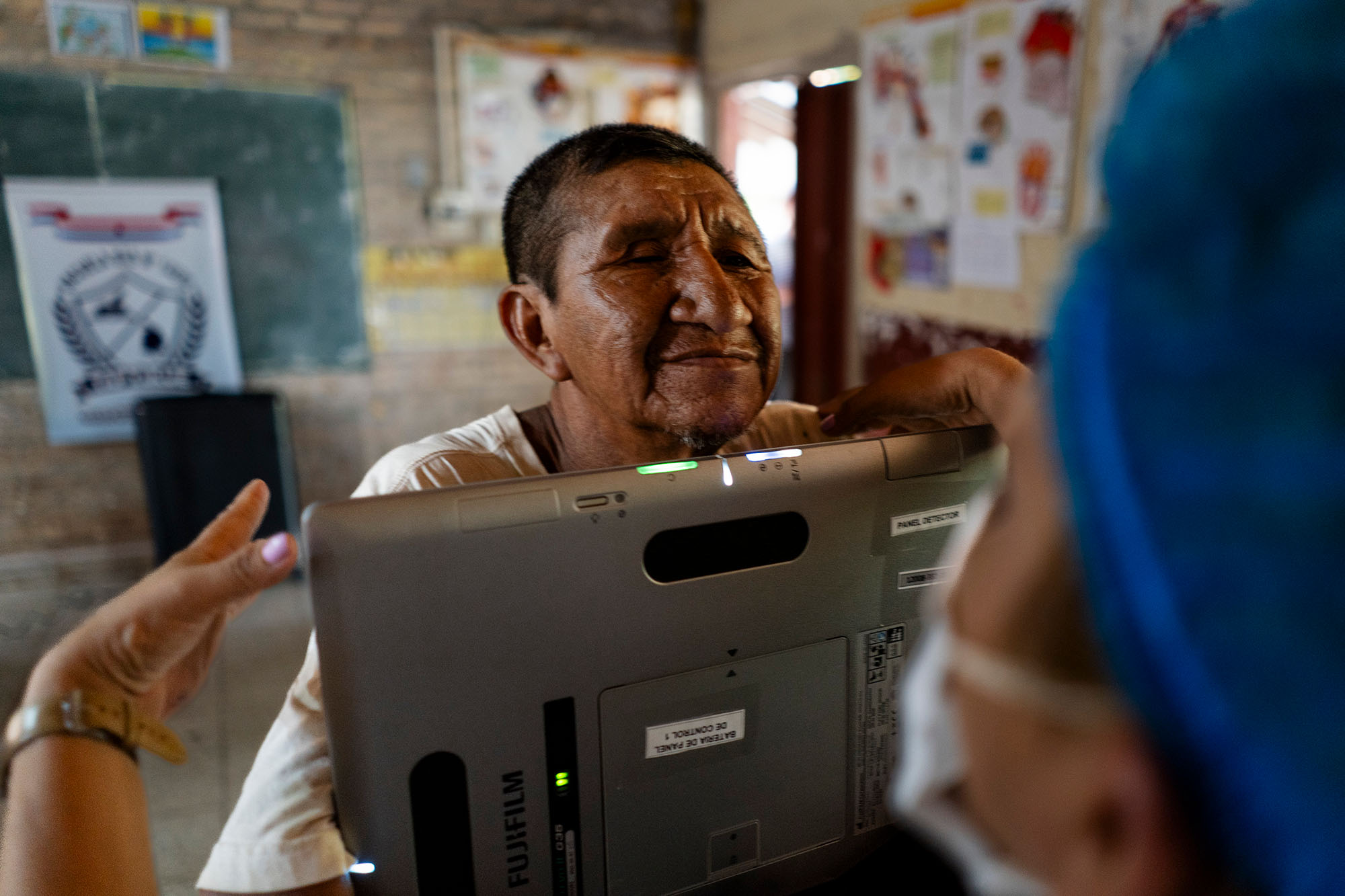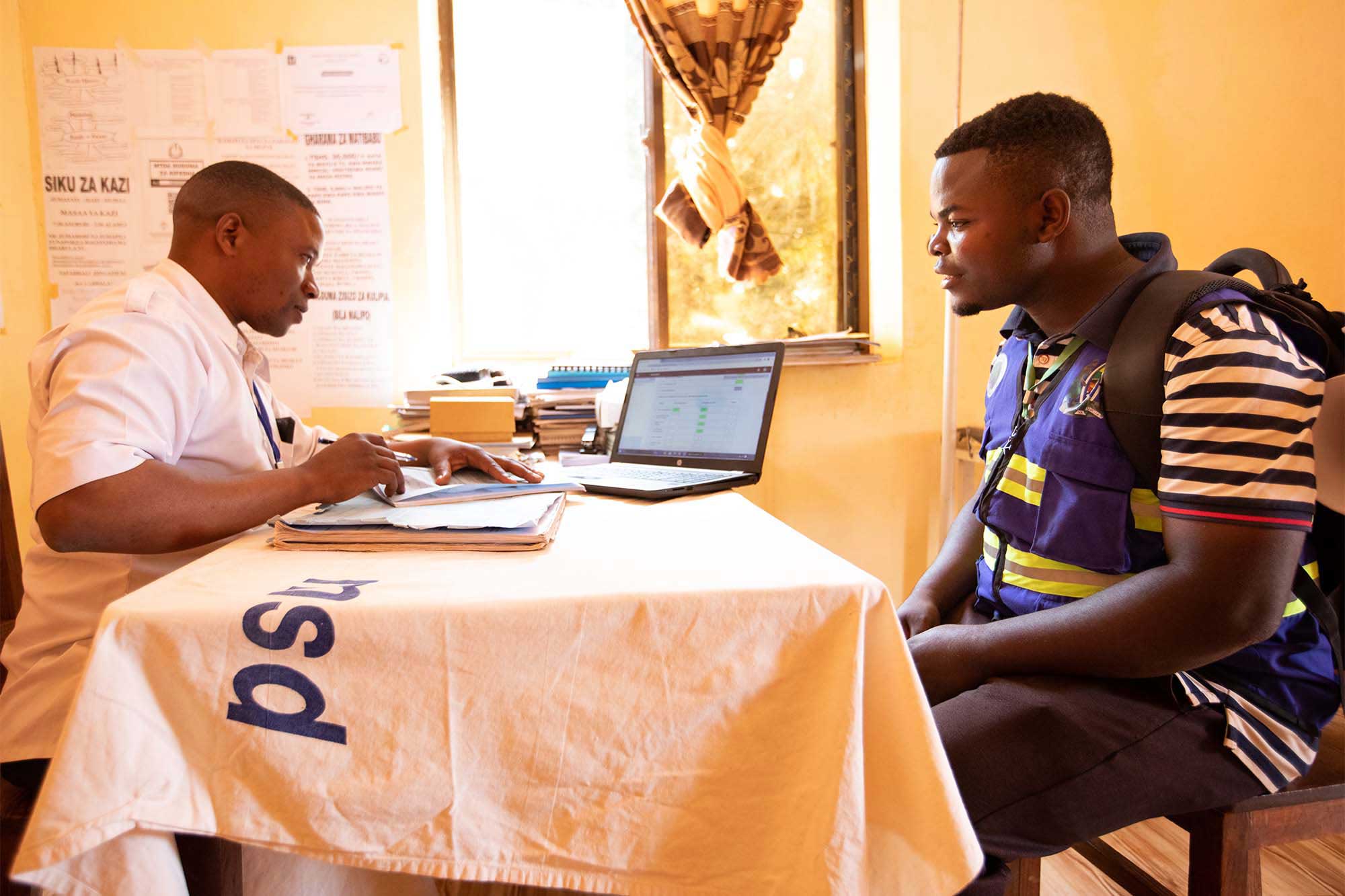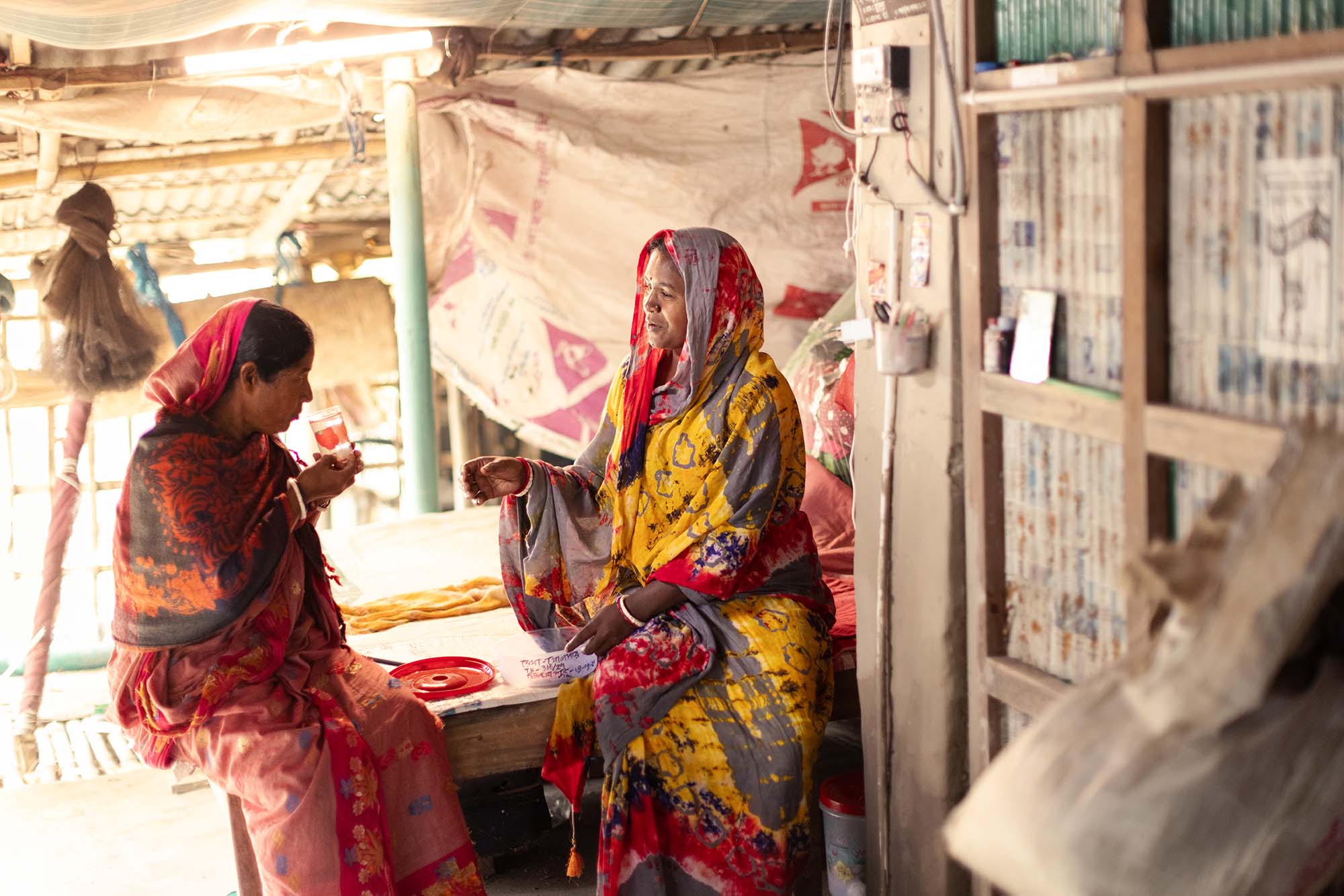The Challenge
Tuberculosis (TB) is a leading infectious disease killer and one of the most common causes of death among people living with HIV. In 2022, 10.6 million people fell ill with TB and approximately 1.3 million people died from the disease, including people living with HIV. Colliding crises – climate change, war and deepening inequities within and between countries – are causing more people to suffer and die from TB, a preventable, treatable and curable disease.
But we are fighting back. Thanks to interventions by the Global Fund partnership, TB programs are showing strong signs of recovery. We must continue to scale up adaptation and mitigation efforts to maintain these fragile gains against TB, and increase investments in the same tools, health workers and systems for health that are needed to fight TB and COVID-19 and to prepare for future airborne pandemics.
Tuberculosis by the Numbers
Funding
- The Global Fund provides 76% of all international financing for TB.
- We have invested US$9.9 billion in programs to prevent and treat TB as of June 2024.
- We have invested an additional US$1.9 billion in TB/HIV programs as of June 2024.
Prevention
- 2 million people exposed to TB received preventive therapy in 2023.
Testing and Treatment
- 7.1 million people treated for TB in 2023.
- 121,000 people on treatment for drug-resistant TB in 2023.
- 353,000 TB patients living with HIV on antiretroviral therapy during TB treatment in 2023.



